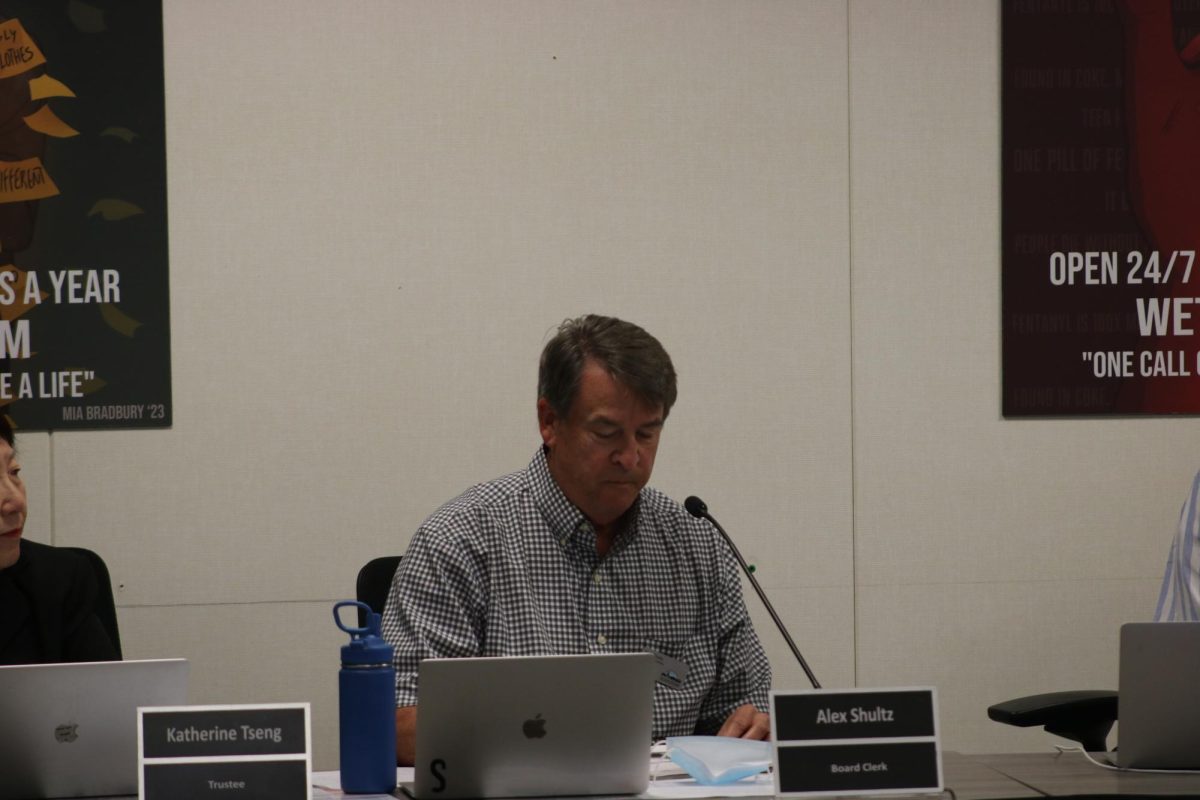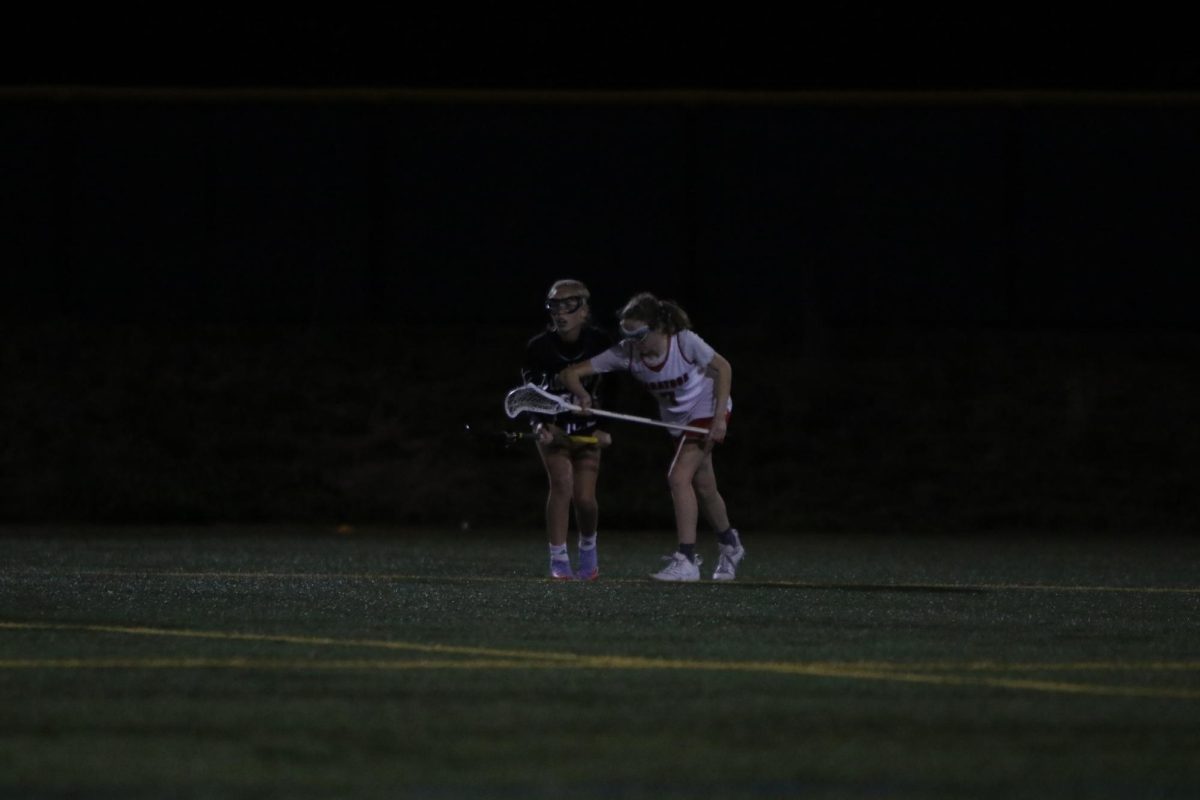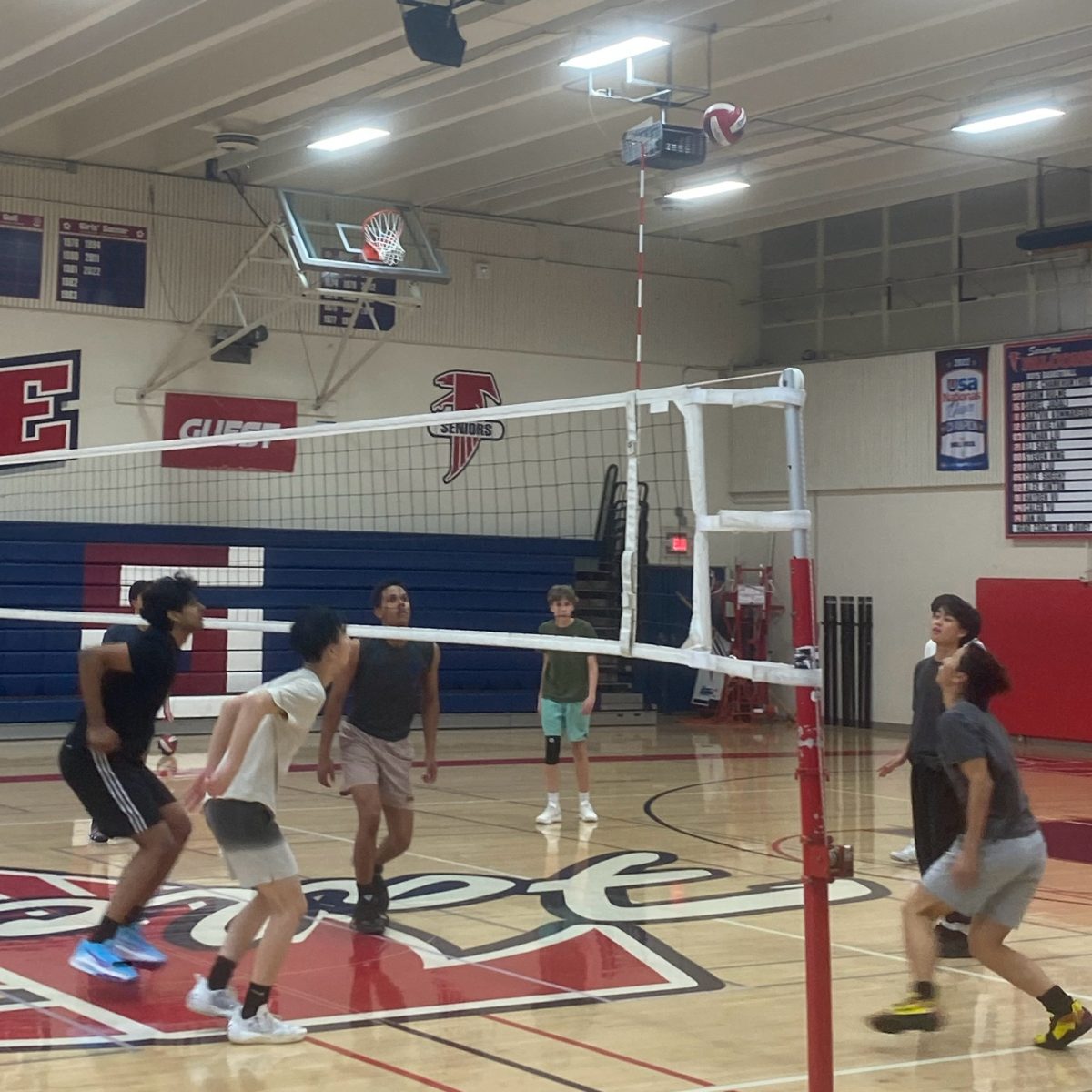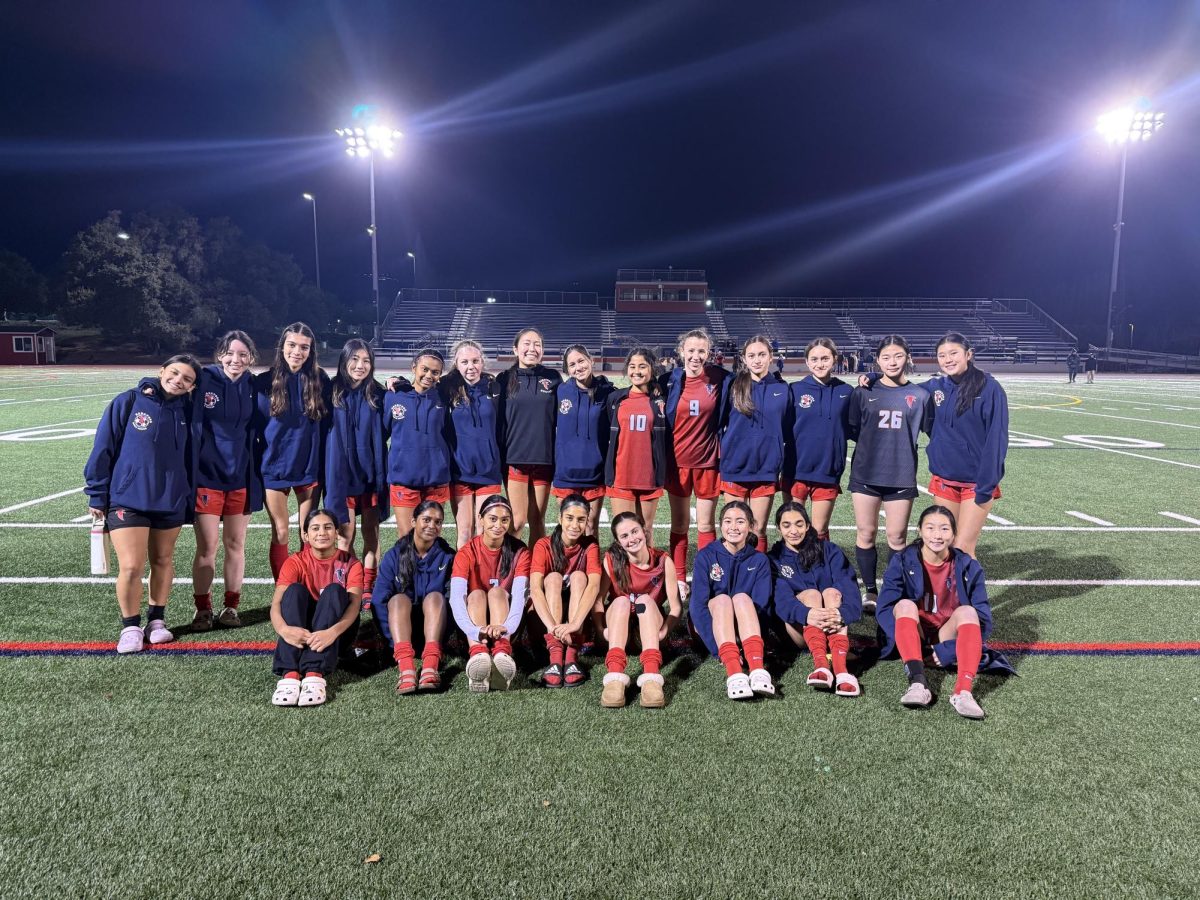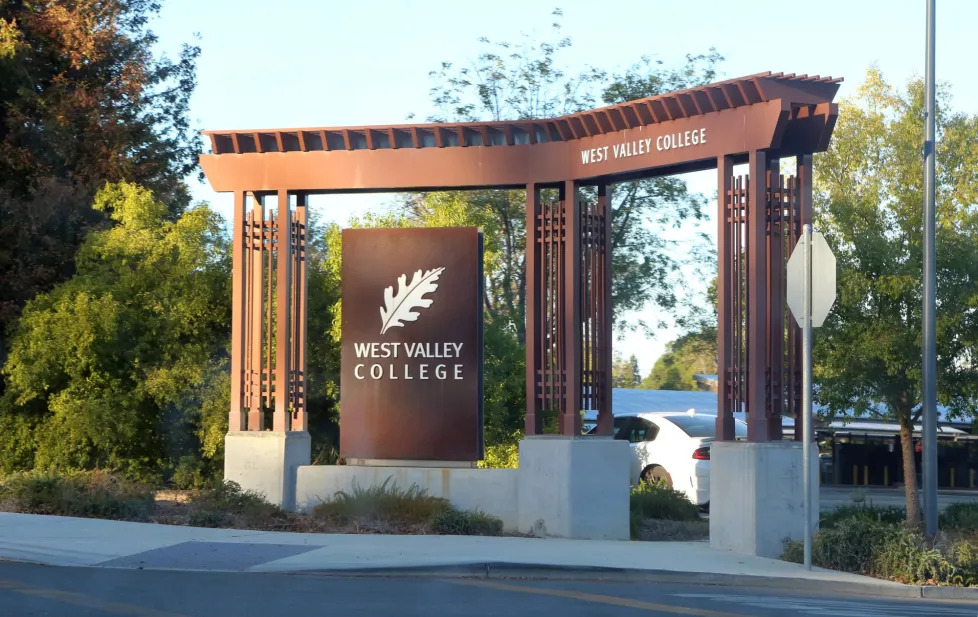In mid-September, as students in English teacher Meg Battey’s third-period English 11 class filed in, they glanced around at the yet-again rearranged desks. Battey apologized, explaining how she had to make room for another table due to more students’ entering the class.
In June, when the school was planning classes for this year, the expected average English 11 class size was 30 students. But at the beginning of this school year, the average was 32. Then, more juniors started dropping from Honors, and the class sizes jumped to an average of 34 to 35 students.
Guidance counselor Alinna Satake said there was an unprecedented number of students changing class levels in English 11 and US History than there were in previous years.
Another factor is a skewed balance between the number of honors and regular classes. This year, there are seven English 11 Honors sections compared to three English 11 sections. History is slightly better, with four sections each of APUSH and RUSH.
Satake said that students often feel peer pressure to sign up for these higher level classes, but soon realize that the harder classes are not the right fit for them.
Battey has also noticed this dynamic, saying, “I think when students sign up for classes, they haven’t experienced an Honors class in English. So, there’s an aspect of balancing the work for that class with all of the other classes. I think as juniors, students sign up for a number of AP Classes, and in theory, it sounds really great, but when you’re actually having to do all the homework and study for all the tests, it ends up being a lot."
With the noticeably large changes in class sizes, there are some challenges that come along with it, such as adjusting activities to accommodate the larger number of students as well as a heavier grading burden.
“I definitely have to rethink how I do things,” Battey said. “We do a lot of jigsaws where we [split up] the questions [among different people], and for some activities I don’t have enough questions. And it’s a lot of bodies in the classroom, but I’m really enjoying working with the juniors.”
So far, the administration has allowed more students space to join each class to account for the anticipated dropping and adding of classes. Yet Satake said that the administration is also having conversations with teachers and other staff members about possibly changing add and drop dates of classes.
For now the administration does not have a definite solution for this issue, but are currently working on a solution to ease the fluctuation of class sizes in coming years.
Ultimately, Satake said that to combat this issue, students should be making the right decision the when they sign up for classes in the spring.
“It’s part of the reason counselors sit down with every student in the spring to go over course selection and make recommendations,” Satake said. “But we can only make recommendations. We cannot tell you what to do and we just hope kids will make the best choices for themselves.”

